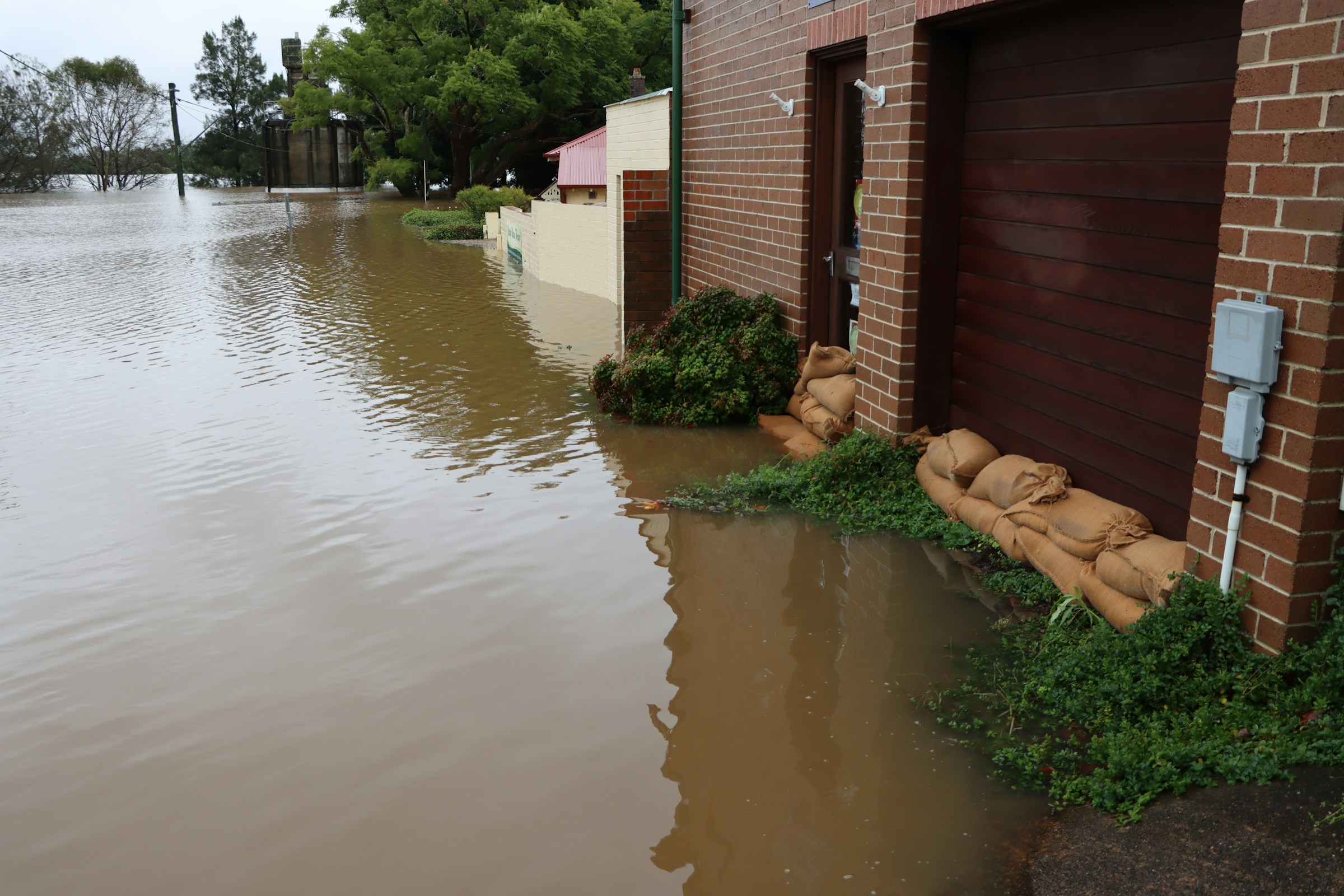Earthquake Safety, Coverage, and Claims Essentials
Earthquakes can strike with little warning. This article explains what earthquake insurance covers, how deductibles work, and the role of safety measures. Learn how preparedness supports coverage, documentation, and a smoother claim after a seismic event, wherever you live.

For many households and small businesses, earthquake risk is a low-frequency but high-consequence exposure. Standard home or renters policies often exclude damage caused by ground shaking, which is why dedicated earthquake insurance matters. The right policy can help pay for repairing structural damage, replacing belongings, and covering living expenses if you must relocate during repairs. Understanding how coverage is structured, what’s excluded, and how preparedness improves outcomes can make a significant difference when an event occurs in your area.
At its core, earthquake insurance is designed to address three needs: dwelling repairs, personal property replacement, and loss-of-use costs. Dwelling coverage helps restore the structure itself, from foundations to walls and roofs, subject to policy conditions. Personal property coverage applies to furniture, electronics, and other belongings. Loss-of-use coverage helps with temporary housing and additional living costs if your home becomes uninhabitable. Policies may define coverage differently for condos, renters, and homeowners, so reading terms closely is essential.
Deductibles in earthquake policies typically differ from other perils. Instead of a flat amount, many policies use a percentage of the insured value (for example, 5%–25% depending on the region and insurer). This means higher-value homes can have sizable out-of-pocket costs before coverage starts. Separate sub-limits may apply to items like masonry, chimneys, or exterior features. Exclusions can include land movement unrelated to earthquakes, pre-existing damage, and certain types of water damage. If you live in a multi-unit building, confirm how your association’s master policy interacts with your own policy to avoid gaps.
Earthquake safety tips: what really matters?
Practical, prioritized steps reduce injury risk and limit damage, supporting insurability and smoother claims. Start by securing tall furniture, water heaters, and heavy electronics to studs. Install flexible gas connectors and know where to shut off utilities. Store breakables low or in cabinets with latches. Keep sturdy shoes and a flashlight near each bed. During shaking, drop, cover, and hold on; stay away from glass and exterior walls. Afterward, check for gas smells, downed lines, and structural cracks before reentering. These earthquake safety tips help minimize losses that policies may otherwise need to cover, complementing financial protection with physical risk reduction.
Earthquake safety tips guide for households
A simple earthquake safety tips guide can be built into your routine. Build a kit with water, nonperishable food, medications, first-aid supplies, and power banks to cover at least 72 hours. Keep copies of IDs, insurance documents, and a home inventory stored safely and digitally. Create a family communication plan with an out-of-area contact and two meeting points—one near home, one farther away. Practice drills at different times of day. For homeowners, consider retrofitting older foundations and cripple walls; for renters, ask landlords about bracing and anchoring. Preparedness improves personal safety and provides the documentation insurers need if you file a claim.
Earthquake safety tips USA: regional notes
While earthquakes occur worldwide, patterns and building standards vary by region. In the USA, high-risk zones include the West Coast, the Pacific Northwest subduction zone, and parts of Alaska, while the central and eastern U.S. also experience intraplate quakes. Building codes and enforcement differ by state and municipality, affecting typical damage profiles. Seek local services—engineers, contractors, and emergency managers—in your area to assess retrofit options and hazard maps. Understand whether your policy comes through a private insurer or a state-backed program available in some regions. Aligning insurance choices with local hazard realities and codes strengthens resilience.
Claims go more smoothly when you prepare ahead. Maintain a current inventory with photos or videos of each room, serial numbers for electronics, and receipts for major purchases. After a quake, prioritize safety, document all visible damage, and prevent further loss where safe to do so (for example, tarping a roof). Notify your insurer promptly, keep repair estimates, and retain temporary housing receipts. An adjuster may inspect your property; having pre-loss documentation helps validate the extent of damage. Clarify timelines for proof-of-loss submissions and understand how your deductible will be applied to different coverage parts.
Choosing a suitable policy involves matching coverage to your property and risk tolerance. Evaluate how percentage deductibles fit your budget and whether endorsements (such as code upgrade or building ordinance coverage) are available. Ask about separate coverage for outbuildings, fences, or pools. If you live in a condo, coordinate with the association to understand master policy limits and special assessments after a quake. For renters, focus on personal property and loss-of-use coverage, and confirm whether your landlord carries structural coverage. Review policies annually, particularly after renovations or purchases that increase your home’s replacement cost.
Earthquake insurance and safety planning work best together. Financial coverage helps rebuild, while mitigation and readiness reduce harm and speed recovery. By understanding how policies define dwelling, contents, and loss-of-use protections—and by following practical safety measures tailored to your region—you can strengthen both personal safety and financial stability against seismic risk.




